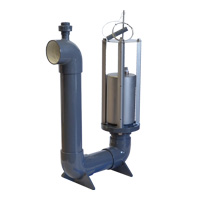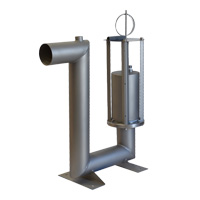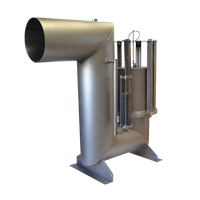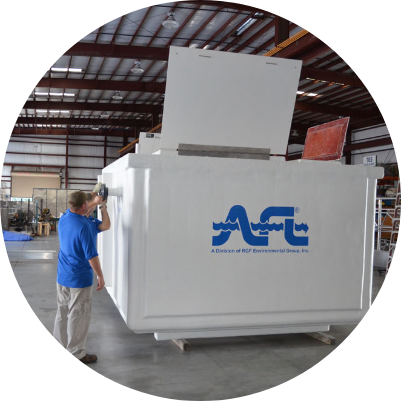- Home
- Science
-
- Air Purification
-
-
Air Solutions
-
Air Resources
-
-
- Water Treatment
-
-
Water Solutions
-
AFL Solutions
-
Water Resources
AFL Resources
-
-
- Food Sanitation
-
-
Food Solutions
-
Food Resources
-
-
- Resources
-
-
-
Year In Review
Case Studies
-
FAQ
-
Popular Resources
-
-
- This is RGF
-
-
RGF Facilities
-
Careers
-
Community Partnership
-
-
-
- Contact
-





